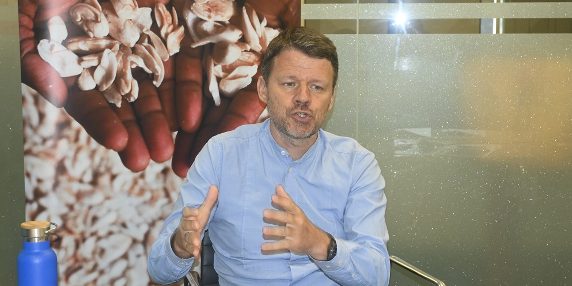THE country’s public debt-to-GDP (Gross Domestic Product) ratio has risen to nearly 22 percent and this is attributed to an increasing primary ‘fiscal deficit.’
A fiscal deficit refers to the shortfall in a government’s revenue compared to its spending during a certain period.
And this debt-to-GDP ratio is projected to rise further, reaching 24.5 percent next year, according to the World Bank’s Pacific Economic Update, which was launched in Suva, Fiji, on Tuesday 15 October.
The report, titled Diminishing Growth amid Global Uncertainty: Ramping Up Investment in the Pacific, assesses the economies of 11 Pacific Island nations, including the Federated States of Micronesia, Fiji, Kiribati, Marshall Islands, Nauru, Palau, Samoa, Solomon Islands, Tonga, Tuvalu and Vanuatu.
It highlights the urgent need for targeted investments to create jobs, improve infrastructures and build resilience against climate change.
Senior Economist for the World Bank’s Macroeconomics, Trade and Investment Global Practice for Solomon Islands and Vanuatu, Lodewijk Smets said the country’s debt-to-GDP ratio had been less than 10 percent over the past five years.
This was attributed to debt forgiveness during the Regional Assistance Mission to Solomon Islands (RAMSI) period and after the period of ethnic tension from 1998 to 2003.
However, he said the debt ratio is now on an upward trend, but for positive reasons.
“The development needs of the country remain significant. Infrastructure needs are still large. So, it’s important to invest to meet national development goals. That is part of the reason why debt is increasing — to fund productive investments.”
Mr Smets emphasized the importance of sustainable investments in roads, airports and ports to ensure that these infrastructures remain functional in the long-term.
“The goal is to ensure that, 10 years from now, the ports are still operational and roads are maintained,” he said.
Mr Smets also underscored the need for complementary reforms to ensure funds are set aside for maintaining these investments.
He compared Solomon Islands’ debt-to-GDP ratio to that of other Pacific Island countries.
Mr Smets said Fiji’s ratio is much higher, close to 80 percent of GDP, but is on a downward trend.
“It’s all about making sure your debt is sustainable,” he added.
Currently, Solomon Islands is working to ensure that the investments it makes deliver solid social and economic returns, benefiting both the people and the economy.
By EDDIE OSIFELO
Solomon Star, Honiara









